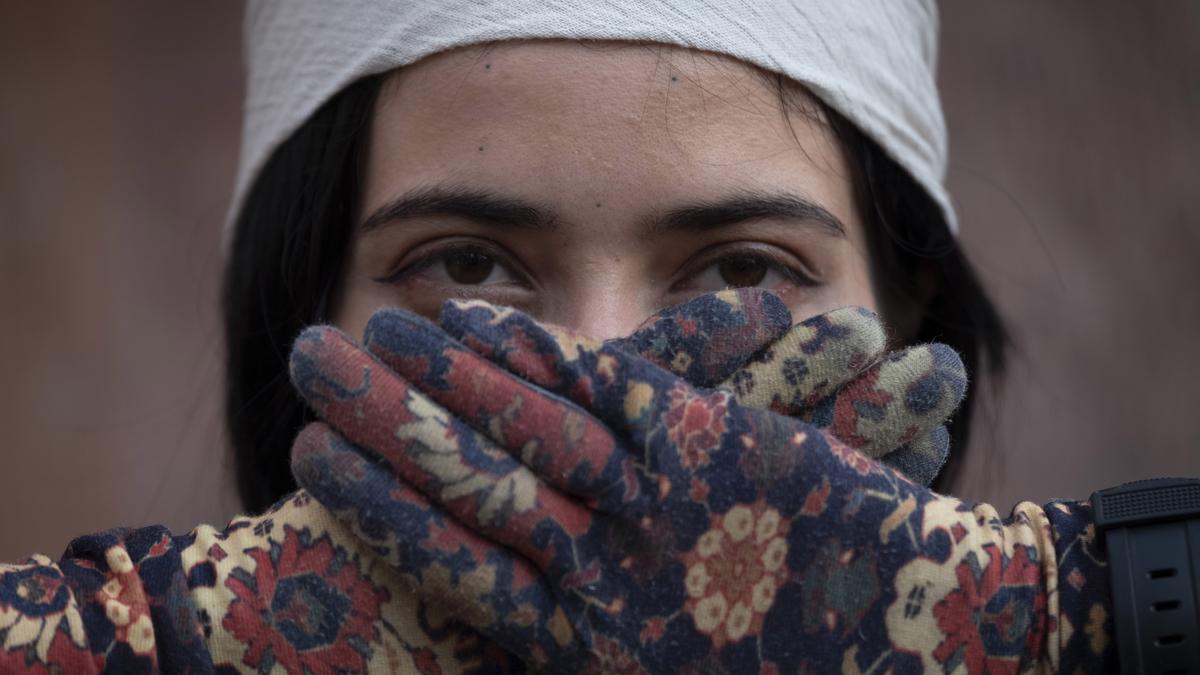
In the shadow of history | Review of Sanam Mahloudji’s The Persians, longlisted for the Women’s Prize for Fiction 2025
The Hindu
"The Persians" by Sanam Mahloudji explores the intricate lives of Iranian women, blending history, dreams, and family dynamics.
A dream can mean anything or nothing at all. It can portend the future, undo the past, contain a prophecy or a lie. The women in Tehran-born Sanam Mahloudji’s debut novel The Persians — longlisted for this year’s Women’s Prize for Fiction — know this very intimately. In a dream, one of them is fascinated by the fact that a dead person could bleed. The past is never dead, and neither is it past.
The novel follows three generations of Iranian women from a wealthy family. Elizabeth, Shirin, Seema, Bita, and Niaz exist between Iran and America. Shirin and Seema, daughters of Elizabeth, fled Iran during the 1979 Islamic Revolution. Seema does not survive the crossing into the 21st century, and her daughter, Bita, raised in the antiseptic privilege of American suburbia, never quite gets over her absence. Meanwhile, Niaz, Shirin’s daughter, remains in Tehran with her grandmother Elizabeth, and learns what it means to stay behind.
The book opens not in Tehran or Los Angeles but in Aspen, where a family reunion takes a turn for the absurd. Shirin gets arrested for soliciting and it eventually takes the form of an American farce that sets off an Iranian tragedy. Mahloudji writes intimately, of a woman carrying grief in her body, and how exile sharpens the tongue.
The chapters on Elizabeth, the matriarch, are the only ones written in the third person and it lends some detachment to her presence. She is a woman made mythic and when she speaks, it is with the authority of someone who has witnessed history, though whether she has learned from it remains unclear.
Shirin, by contrast, is a creature of pure sensation and the kind of woman who can split a reader’s feelings into love and loathing. Even in her extravagance, there is something tragic. She wants, above all, to be seen, which makes her, in many ways, the most American of them all.
History does not move forward so much as it circles back, revisiting old wounds with new names. These women are failed by women of the previous generation. Iran, once again, stands at the precipice of change. One of the novel’s great strengths is its depiction of Niaz’s life under the Islamic Republic. Mahloudji does not romanticise resistance, nor does she flatten Iran into a mere backdrop of oppression. Instead, she paints a picture of a country that is equal parts suffocating and dear, where women carve out agency in small, defiant acts.
Niaz, in particular, embodies this contradiction. She is the novel’s most compelling figure, not because she is likeable, but because she is the only one who seems to understand that history does not care for individual suffering. “At some point there will be a new revolution and then I will be ready,” she declares. “They cannot oppress us forever.” But history, as The Persians reminds us, is never kind to women.

 Run 3 Space | Play Space Running Game
Run 3 Space | Play Space Running Game Traffic Jam 3D | Online Racing Game
Traffic Jam 3D | Online Racing Game Duck Hunt | Play Old Classic Game
Duck Hunt | Play Old Classic Game